During The Great Depression, there were many blacks who tried to improvise and make money the best way they could. Perkins was born in 1908 and raised by his aunt after his parent’s death. As a young man, he sold papers at a newsstand on Chicago’s South Side. He wasn’t the type of person to go without money or waste his days without doing something productive. While at the newsstand during his downtime, he would busy himself carving bars of soap, usually before onlookers eagerly waiting to see the finished form that would evolve from his skilled hands.
One day while Perkins whittled, Peter Pollack, the then-director of the Community Art Center Division of Illinois Art Project, witnessed and recognized his remarkable talent. Perkins was soon introduced to Si Gordon, a sculptor who also taught at the South Side Community Art Center. Gordon worked with Perkins and taught him to model in clay, make plaster molds and casts, and chisel stone.
Perkins saw his opportunity and took every chance given to him to learn and create. He worked as if he was working on borrowed time. He was often seen carting huge stones which he collected from demolished buildings, which would later be seen transformed into a piece of arts.
People began recognizing his work, and he received recognition for his talents at the Rosenwald Foundation. His art piece, “A Man of Sorrow” won the Art Institute of Chicago sculpture prize in 1951. However, of all the achievements and accolades he experienced throughout his career, he considered teaching at Jackson State Teachers College his most rewarding experience. Perkins died in 1962, and his work has been on exhibit in many museums across the United States.
source:
http://www.michaelrosenfeldart.com/artists/marion-perkins-1908-1961






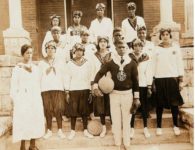



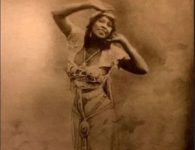
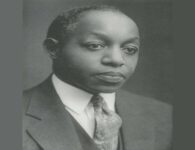


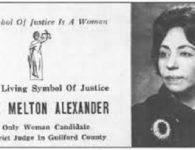

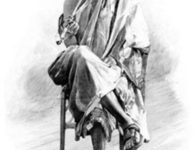

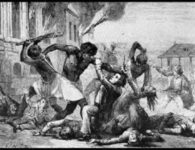

No comments